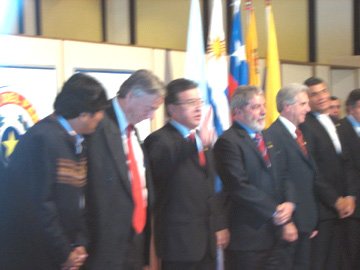
The 28th Mercosur meeting (Mercado Común del Sur) took place in the Paraguayan capital of Asunción, June 20th. Various accords were signed including Latin America’s first poverty eradication and common structural funds agreements. The smiling presidents were also photographed happily celebrating a new agreement: the Latin American ring of energy (‘anillo energético’ in Spanish).
While plans are not yet firm, the proposition is to construct a gas pipeline from Northern Peru through to Northern Chile, to connect up with other pipelines that pass from there to Northern Argentina to an existing grid that includes Uruguay and Brazil.
But wait, this is a Mercosur plan, so why Chile? Geography and politics. In order to pass from Peru to Argentina (without going through the Brazilian Amazon) pipelines must pass through the northern deserts of Chile or they must pass through Bolivia! More important still is Chile’s serious gas deficit, a topic which has been regularly discussed by Presidents Lagos and Kirchner over the last year. Lagos has learned that Argentina prioritizes its own supplies (when supplies are tight or demand soars) as has happened recently as a result of the 9% GNP growth in Argentina in the last two years. With this plan Lagos gets first dibs on the gas after exports are sent to Mexico and California.
One might question the geography of a planned gas pipeline grid by bypasses the cone’s richest source of gas, Bolivia. While geographically absurd the current political turmoil in Bolivia is thought to have been somewhat of a spur to the creation of the ring in the first place. It is however unlikely that Peru will allow this project to proceed without some participation from it’s sister state Bolivia. Also present was President Chavez, whose gas reserves dwarf those of his neighbors, but his gas supplies would not be distributed through this proportion of the proposed ring.
The politicians applauded each other on the mega-project with the catchy name, with only the occasional grumble from Bolivia who found itself surrounded by the ring but not connected to it. The bankers were salivating at the USD$2,500 Million project: Enrique Inglesias, head of the Washington-based Inter-American Development bank (BID by its Spanish initials) gave a speech reminding everyone rather unnecessarily, that energy had become “a central theme in Latin America and the World”.
In Argentina the 20th of June is national flag-day and President Kirchner was in a fiery nationalist humor. Maybe the talks about talks with the IMF (which finally got underway on the 24th) were beginning to get on his wick. He was quoted as saying that “We wish to demonstrate to the world a united Latin America which does not resign itself to becoming the back yard of the world” (was this a thinly veiled reference to a much abused US term?) Kirchner flew back to Argentina to attend a flag-day celebration in Rosario, (Che Guevara’s hometown), he was even less complimentary about his IMF opponents, but there’s an election coming up soon!
With the bean counters sniffing around and the presidents patting each other on the back, the technical advisers in the gas industry were keeping quiet. It seems that the Peruvian gas fields that will fill this pipeline with 30 Million cubic meters of gas a day might come up a little short. Much of Peru’s gas supplies are now exported to Mexico and the US and it is difficult to see how Peru might be able to export the extra 30 million cubic meters a day while meeting growing internal demand while still supplying the more lucrative markets up north.
Who was this pipeline for anyway?

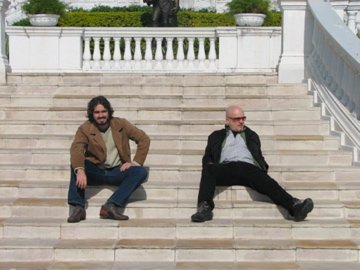
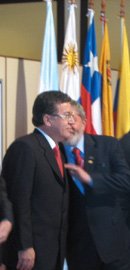

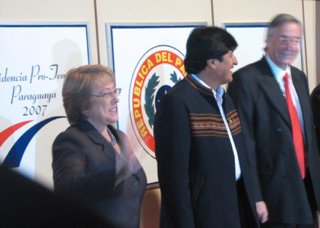
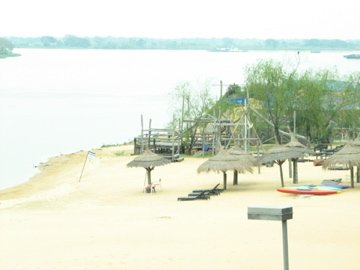
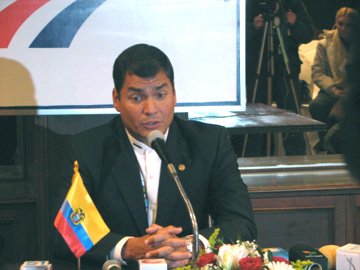
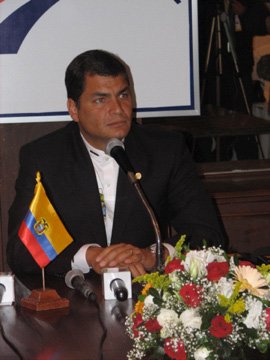
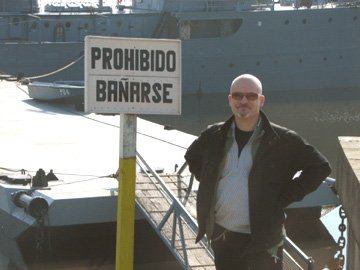
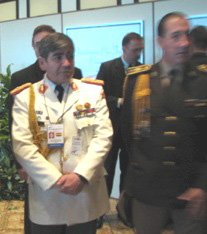
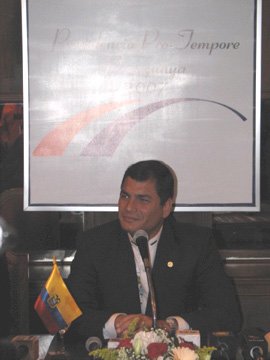
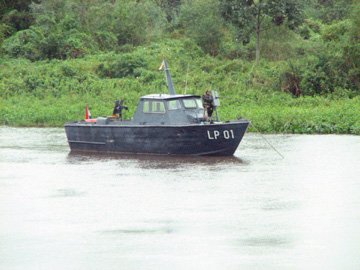
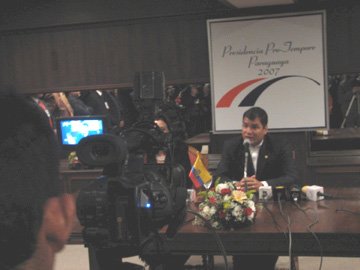
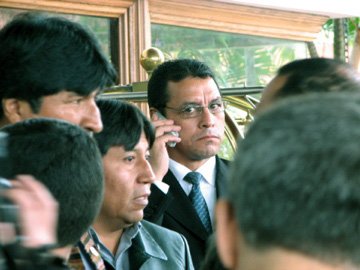
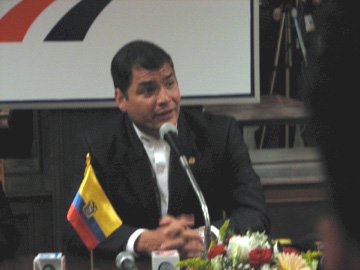
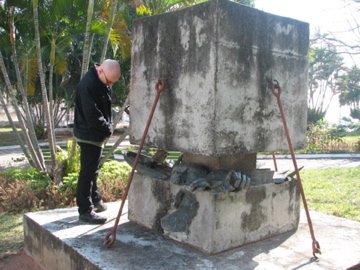
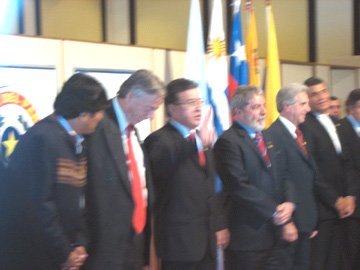
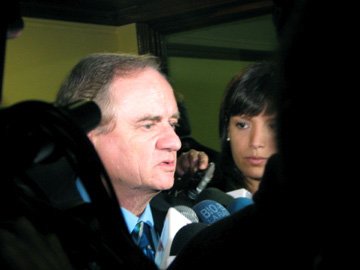
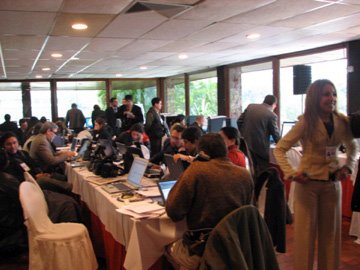
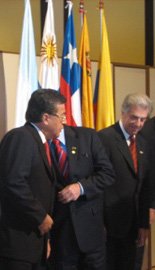
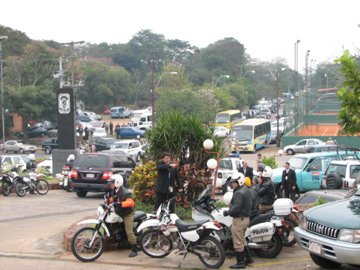
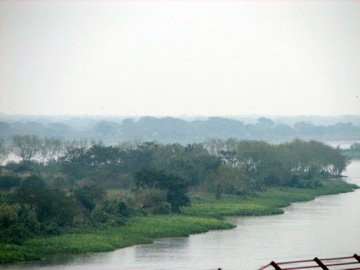
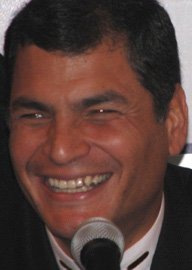
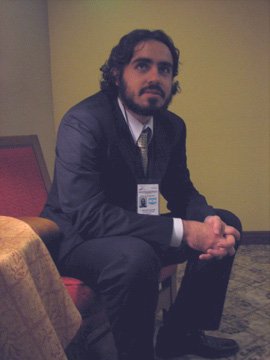
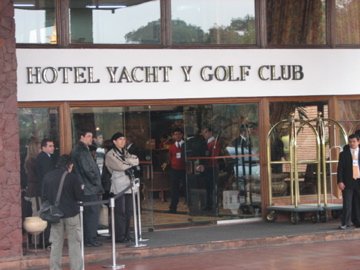
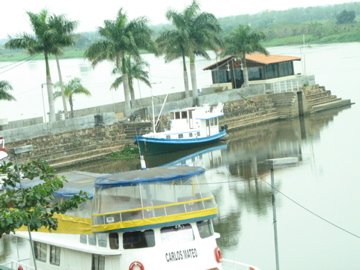
Leave a Reply